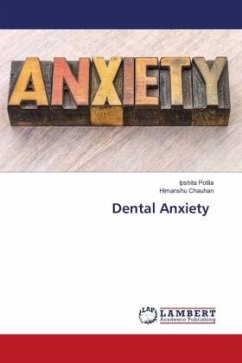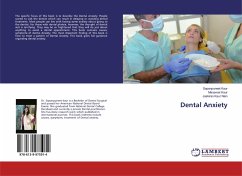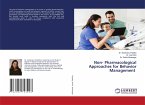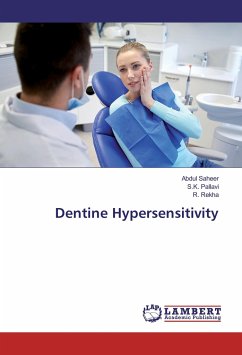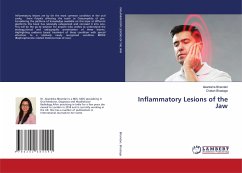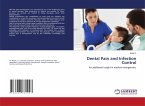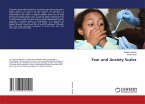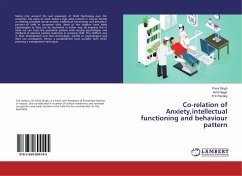Anxiety and pain in humans have been addressed by poets, philosophers and biologists of every age and every culture. One of the well-accepted statements about anxiety is that it is a multidimensional construct that consists of somatic, cognitive, and emotional elements. An understanding of the two phenomenon and of their worth to life processes has seemingly held the promise of facilitating the search for the antithetic conditions of pleasure, well-being and even euphoria. Dental procedures frequently evoke considerable degrees of anxiety, especially when preceded by anxious waiting in the dental clinic and lack of information on the dental procedures. Approximately 6-15 percent of the population suffers from high dental fear and avoidance worldwide. Hence Dentists need to understand the anxiety and its repercussions in dental care and need to know how to identify behavior that indicates anxiety so that a relationship of trust may be established with the patient for the implementation of strategies aimed at minimizing the anxiety caused by dental treatment.
Bitte wählen Sie Ihr Anliegen aus.
Rechnungen
Retourenschein anfordern
Bestellstatus
Storno

